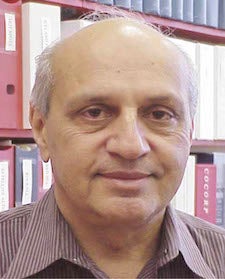Dear EEPS, Alumni and Friends-
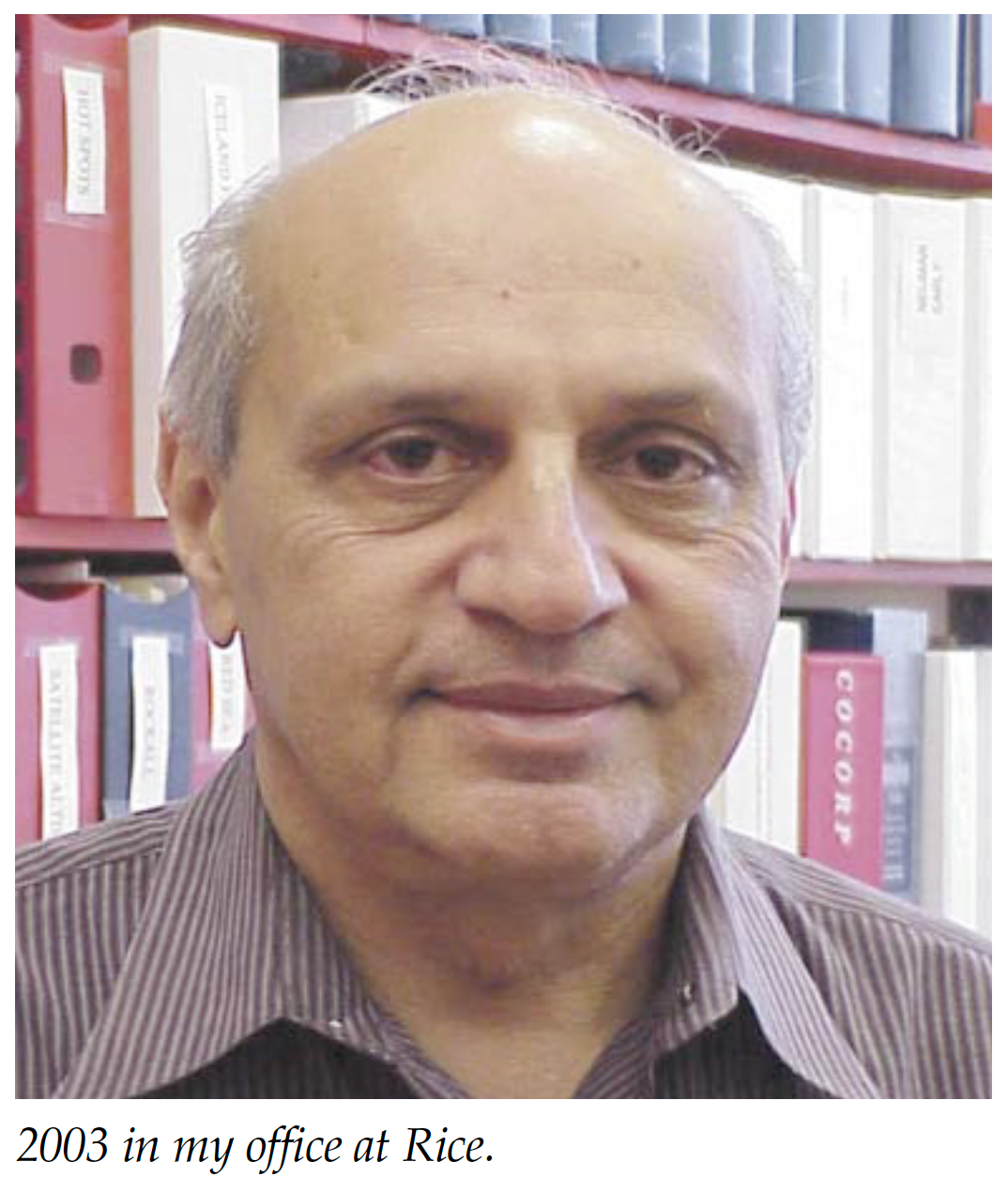
It is with great sadness and regret that we share the news of the passing of Manik Talwani, Professor Emeritus of Earth, Environmental and Planetary Sciences. Manik’s successful career, which spanned more than 60 years, from the four corners of the earth to the moon, included ground-breaking research that helped revolutionize the field of geophysics, with particular impact on our current understanding of plate tectonics.
Manik was born in India on August 22, 1933. He earned both a Bachelor of Honors science degree and Master of Science in physics from the University of Delhi in 1953. Talwani was then briefly employed at the Geophysical Research Institute (Norwegian Ore Prospecting) in Trondheim in the summer of 1953. He went on to Lamont-Doherty Earth Observatory (LDEO) of Columbia University for a Ph.D. in geophysics in 1955, finishing in 1959 under Maurice Ewing. He stayed on as a research scientist, joining as Geology faculty in 1967, and ultimately director of LDEO from 1973 to 1981.
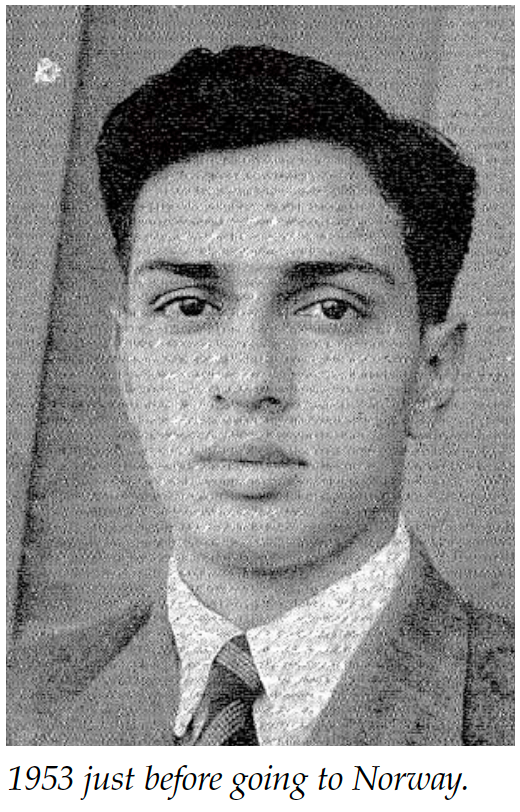
He then switched gears to work in industry, leaving LDEO for Gulf (Oil) Research and Development Company of Pittsburgh, PA in 1981. There he founded and served as the director of the Center for Marine Coastal Studies. He also served as Gulf’s Chief Scientist until it merged with Chevron in 1985. At that time Manik was invited by Rice University to join as the Schlumberger Professor of geophysics in the Department of Geology and Geophysics, while also serving as the director of the Geotechnology Research Institute of the Houston Advanced Research Center. Although he officially retired in 2008 from 2004 to 2009 he served as the inaugural President and CEO of the Integrated Ocean Drilling Program (IODP) Management International in Washington D.C., the international marine research and drilling program that investigates climate change history, the deep biosphere, geodynamics and solid Earth cycles. He remained an active emeritus professor and research scientist until his death.
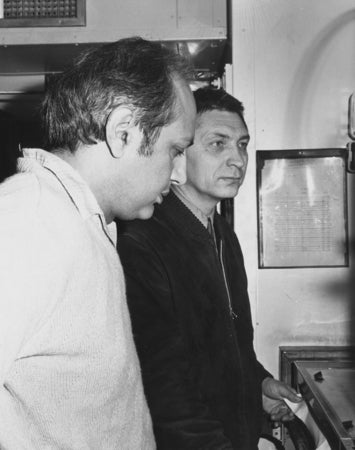
In a career spanning more than 6 decades, Manik conducted geophysical field work in all the ocean basins and across the San Andreas Fault and transformed our understanding of how the Earth works. Early in his career he revolutionized the interpretation of gravity and magnetics data with the development of pioneering algorithms and computer programs known around the world in both academia and industry as the “Talwani method”. These famous methods continue to be widely used more than 60 years later.
He made important advances in instrumentation that made gravity measurements on surface ships viable. He constructed the Lamont data bank of gravity and magnetic measurements, which made the plate tectonics revolution possible. He made pioneering applications of plate tectonic principles to unraveling the history of the North Atlantic Ocean, Norwegian-Greenland Seas, and the ocean south of Australia. Through a combination of field work and insightful analysis, he discovered the source of marine magnetic anomalies in the oceans. He revolutionized our understanding of continental margins and the ocean-continent boundary through his field work and analysis of potential field and seismic data and through his leadership of the EDGE project.
In collaboration with Apollo astronauts and MIT engineers, he made the first and only gravity measurement on the surface of a heavenly body—a gravity traverse across the Tauros-Littro Valley of the Moon. More recently, he has resolved multiple long-term mysteries of the Indian Ocean with a unified solution based partly on his discovery that the continent-ocean boundary continues from the eastern margin of India into the Bengal Basin.
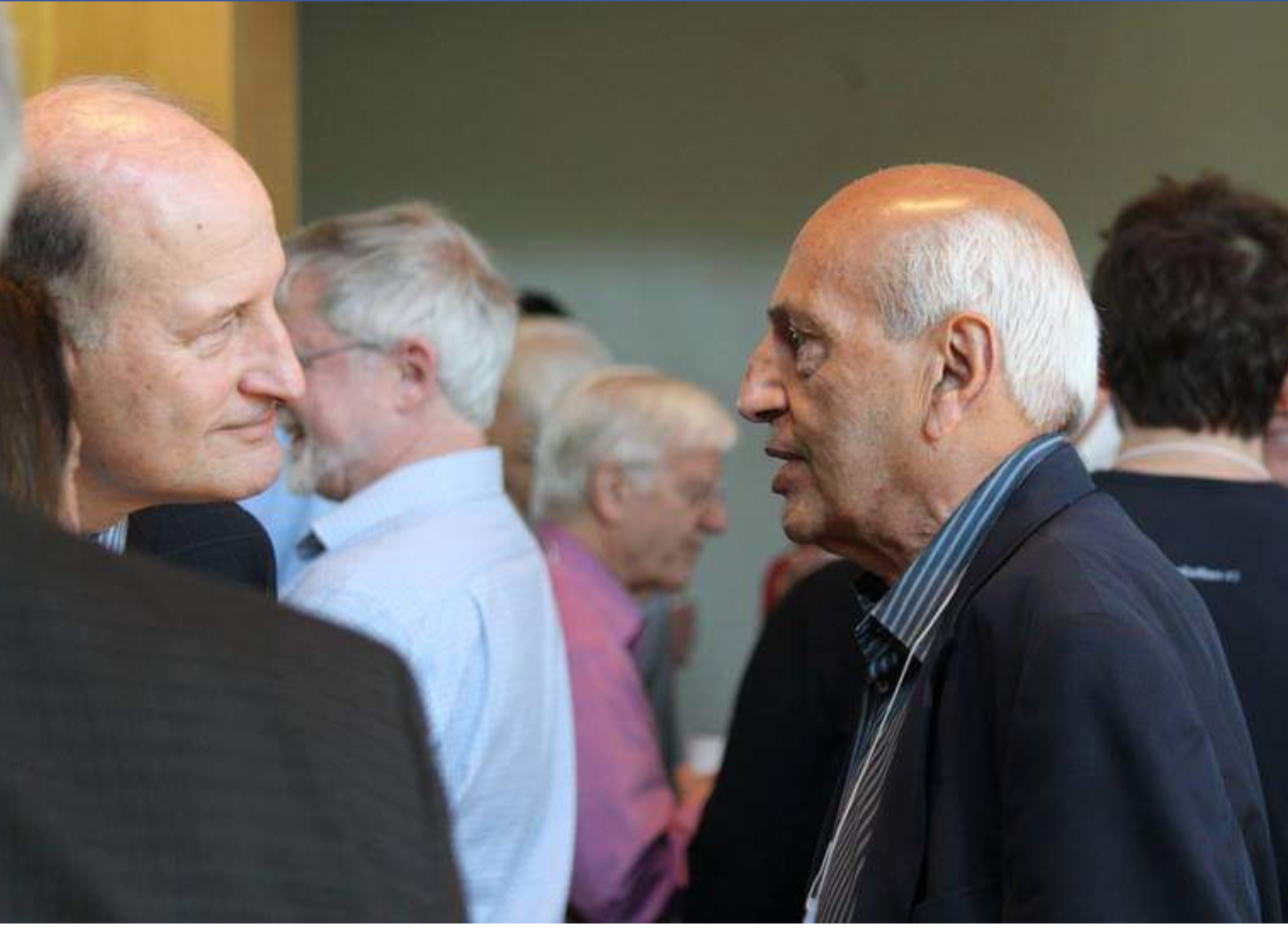
The totality of his career contributions have been nothing short of incredible. EEPS faculty member Albert W. Bally described Manik as a ‘world citizen’ for his work with Rice’s Baker Institute, and ‘man for all seasons’ for Manik’s lasting involvement and unquenched curiosity in various modern geophysical/oceanographic research challenges.
It is no surprise such a diverse and successful research career that includes significant service to the international community would garner high honors, recognition and numerous awards.
He received the very first Krishnan Medal from the Indian Geophysical Union in 1965, the James B. Macelwane Award from the American Geophysical Union in 1967, followed by a NASA Exceptional Scientific Achievement Award in 1973. Talwani was a Hays-Fulbright Fellow in 1973 and a Guggenheim Fellow in 1974. He was awarded an honorary doctoral degree from the University of Oslo in Norway in 1981. Also in 1981, Manik was awarded the American Geophysical Union’s Maurice Ewing Medal. He was given the George P. Woollard Award by the Geological Society of America in 1983, the UNESCO Toklen Award by the National Institute of Oceanography of India in 1990, and the Alfred Wegener Medal by the European Union of Geosciences in 1993. In 2009, he became the 17th recipient of the prestigious Wiechert Medal of Honor by the German Geophysical Society. In 2015 he was awarded the Society of Exploration Geophysicists (SEG)’s Maurice Ewing Medal Award, the only person to garner two Ewing medals.
He maintained memberships in the Norwegian Academy of Arts and Sciences, and was a foreign member of the Russian Academy of Natural Sciences.
Beyond his extensive body of research are the many students and colleagues he mentored. He leveraged the collaborative team-based philosophy inherited from his time and work with Maurice Ewing. Most of his publications included a wide range of student and colleague co-authors. Many of his former students have become renowned geophysicists in their own right.
A memorial service and celebration of Manik’s career are planned for later this year.
For those who knew him and would like to share recollections, please use the comment box below. All comments will be reviewed prior to posting, so if you wish your comment to remain unpublished, please indicate your preferences at the end of your comments. Honors and recollections will be shared with family and colleagues through EEPS alumni magazine Outcroppings.

